RARE! WWII New Guinea Campaign 8th Photo Recon Squadron 5th Air Force F-4 Lightning Battle of Kaiapit Combat Aerial Photograph

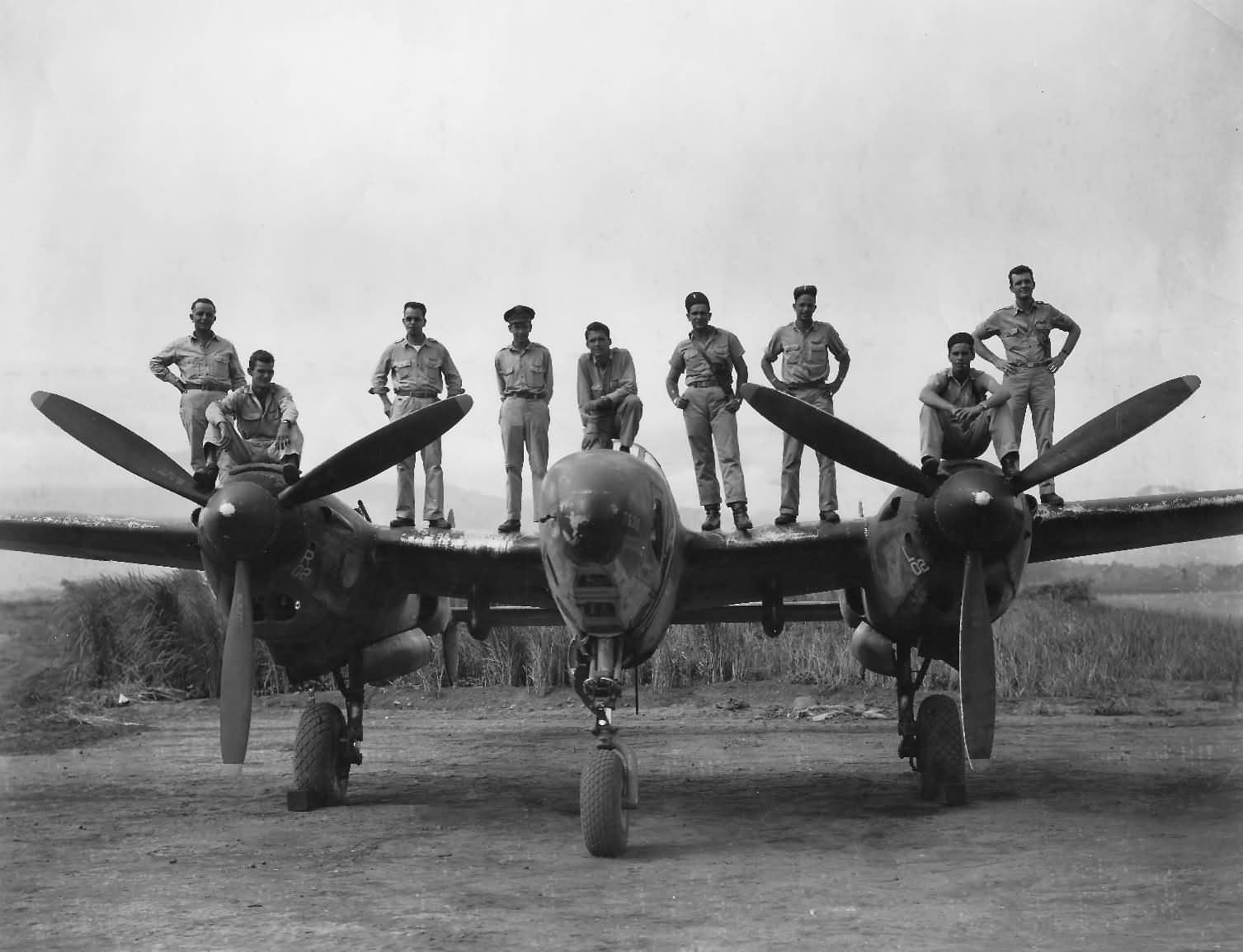



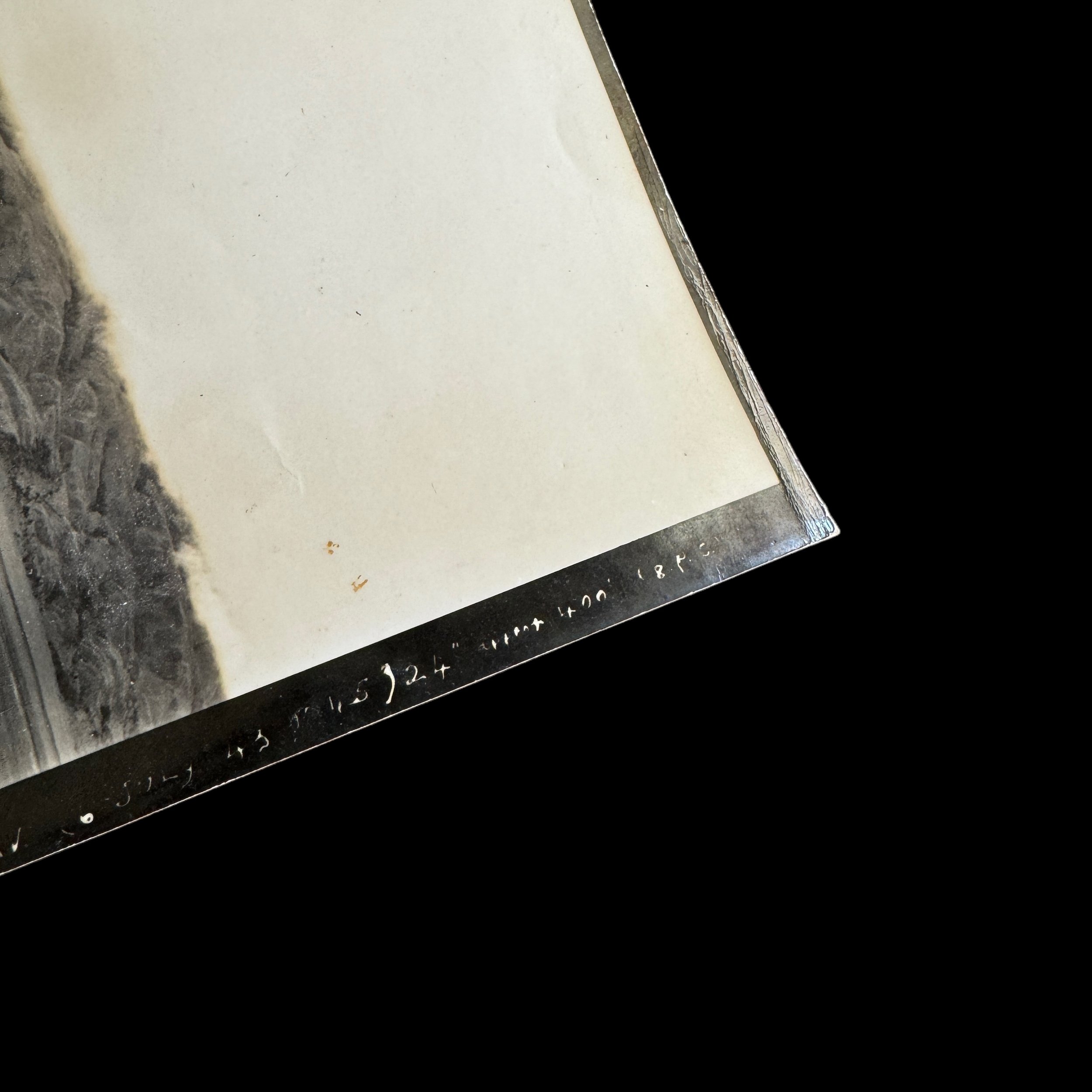

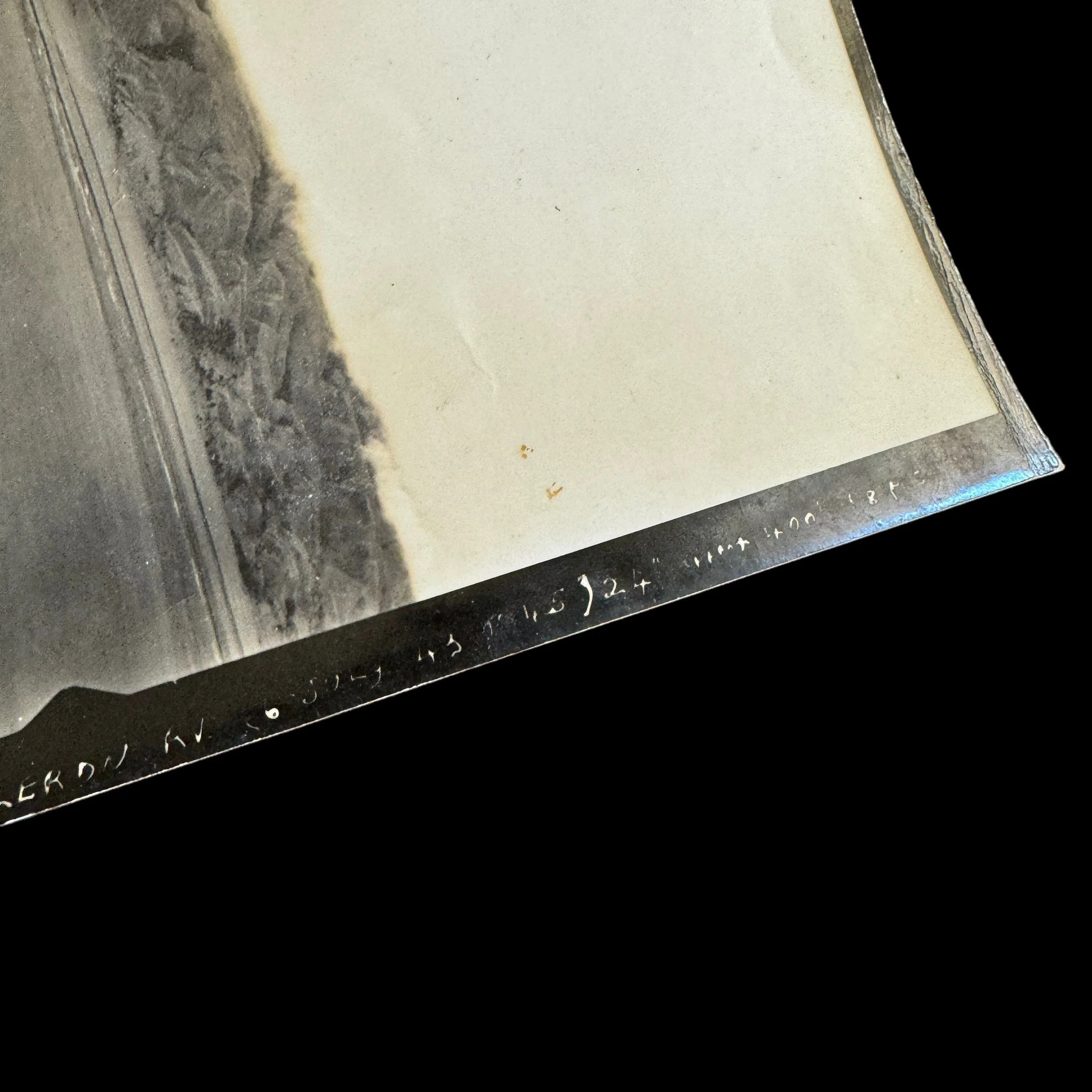




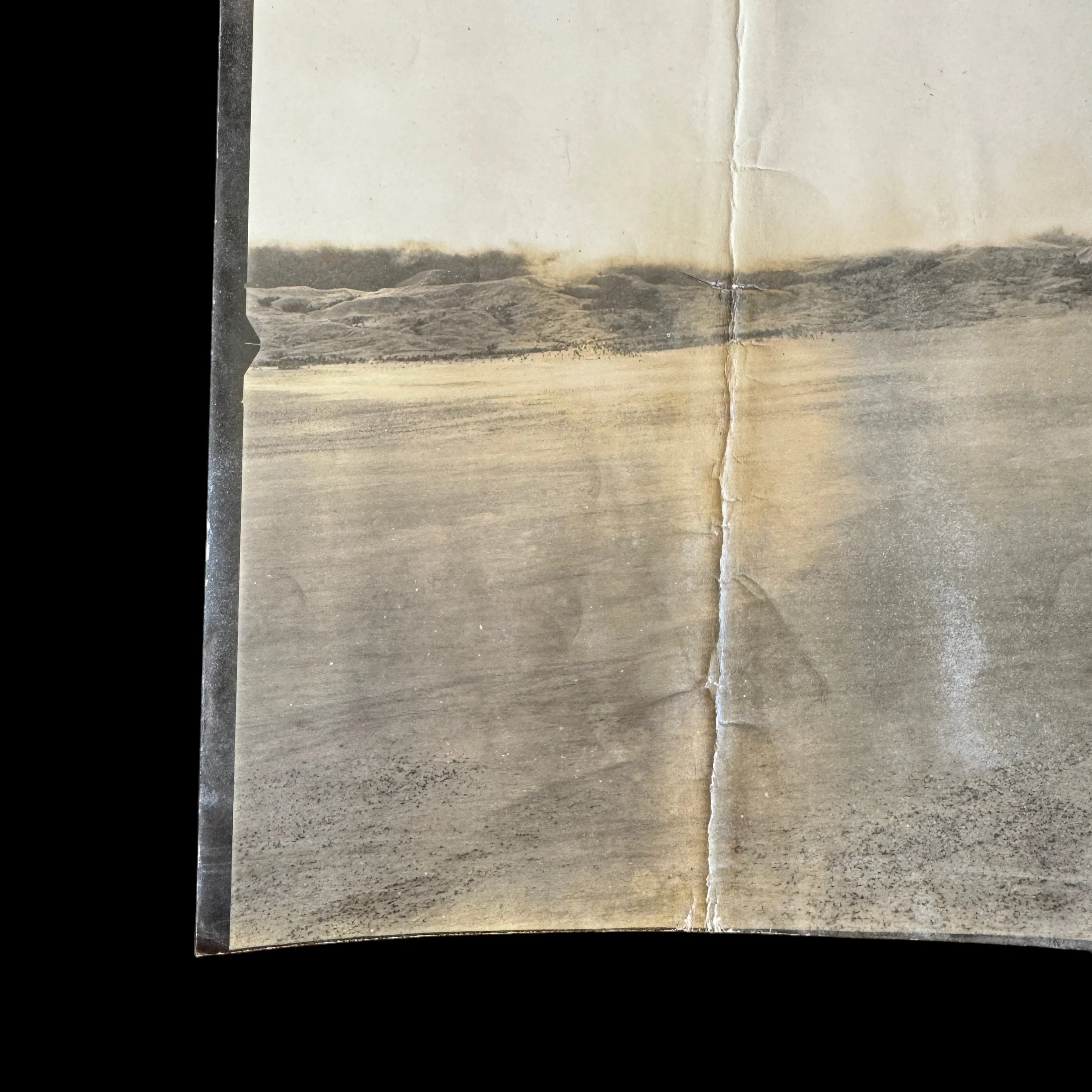


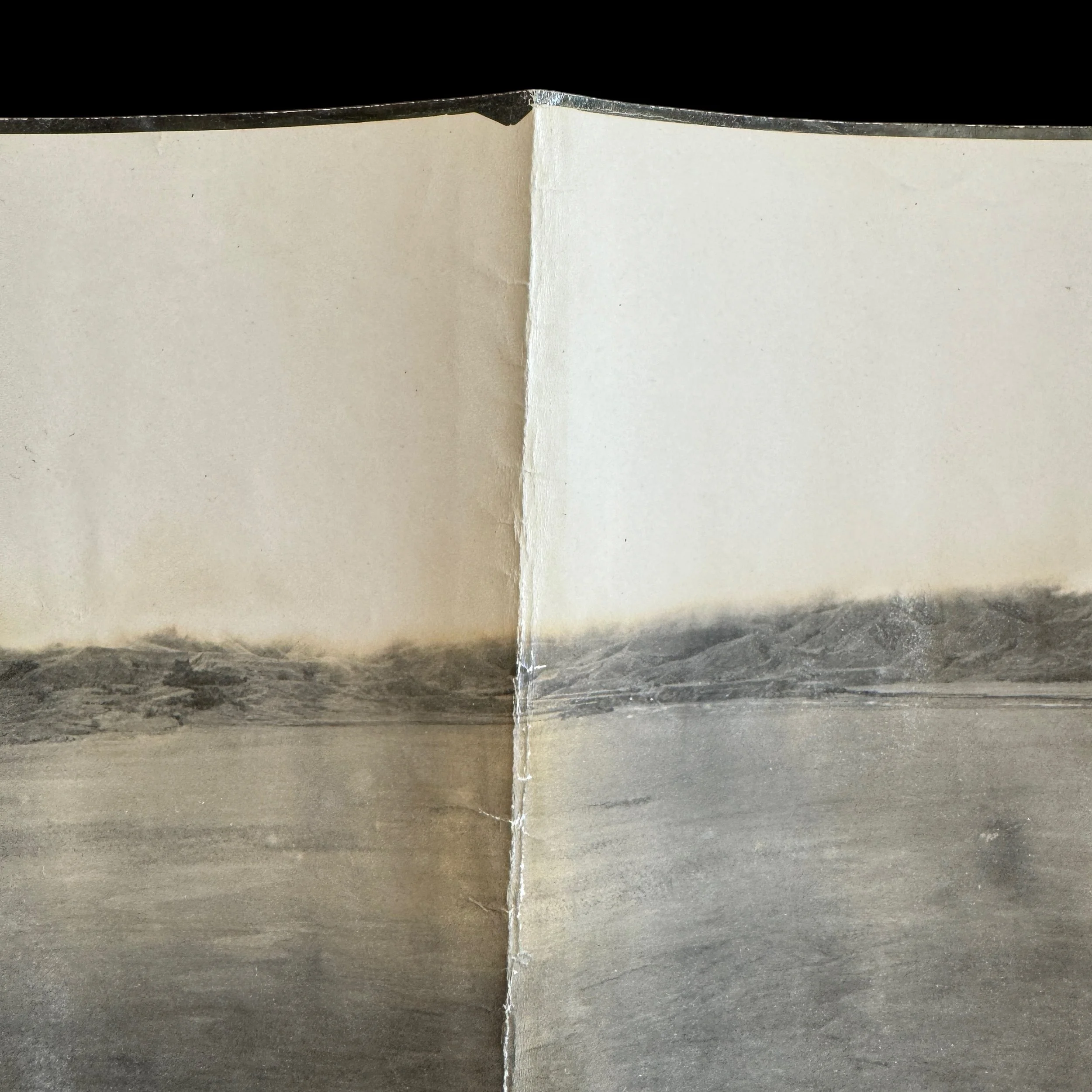






RARE! WWII New Guinea Campaign 8th Photo Recon Squadron 5th Air Force F-4 Lightning Battle of Kaiapit Combat Aerial Photograph
Comes with a hand-signed C.O.A.
Original one-of-one “TYPE ONE” photograph used to create secret, confidential and restricted aerial maps and target documentation for combat missions.
This extremely rare and museum-grade WWII artifact is an original “TYPE-ONE” aerial combat photograph (panoramic type) taken by F-4 Lightning pilots of the infamous 8th Photo Reconnaissance Squadron (Eight Ballers) during an aerial mission in the Pacific Theater.
The 8th Photographic Reconnaissance Squadron (8th PRS) operated under the U.S. Army Air Force (USAAF), specifically part of the 5th Air Force and the 6th Photographic Reconnaissance Group (6th PRG). Referred to as the 8th Photographic Squadron, 8th Photo Recon Squadron, or 8th Photo Recon, the unit was initially outfitted with the F-4 Lightning, a specialized photographic reconnaissance variant of the P-38 Lightning. Camera equipment was installed in the nose section in lieu of traditional armaments. Conducting missions above Japanese-held territories and airfields, the squadron captured vital imagery utilized in the creation of aerial maps and target intelligence for subsequent combat operations. These reconnaissance flights were inherently perilous, with pilots often flying solitary missions through adverse weather conditions and challenging navigation circumstances. While over target areas, pilots maintained a steady flight path at lower altitudes to ensure high-quality photographic results, braving risks such as anti-aircraft artillery and potential interception by enemy planes. In later operations, F-4s received protective escort by armed P-38 Lightnings to enhance their defensive capabilities.
The 8th PRS, also known as the 8th Photo Reconnaissance Squadron, earned a renowned reputation for its exceptional service during campaigns across various regions including the East Indies, Japan, China, Papua, Guadalcanal, New Guinea, Northern Solomons, and Bismarck.
This incredibly rare and one-of-one original aerial combat mission photograph shows the area of KAIAPIT (New Guinea) and is documented as a SPECIAL REQUEST MISSION direcly from the General in the book The Eightballers: Eyes of the Fifth Air Force - The 8th Photo Reconnaissance Squadron in WWII by John Stanaway and Bob Rocker…”Part of the heart and soul of Eighth Photo left us today...Olson and Rennels climbed aboard a transport homeward bound this morning, and Sowers will follow tomorrow...And with these three officers went two of our enlisted men, Able and Pugh......Sykes spent the day going to Hollandia to grab some pictures as he buzzed the drome at 14,500'. The Japs were so amazed that they didn't fire a shot. Blum started out for Wewak but had oxygen mask trouble at Kerema and had to return. Murph with Duke along picked up a little in the Kaiapit area on the General's special request. Klages, flying a matinee mission to Boana and Sio, managed to get a few shots of the latter despite generally bad weather.”
The Battle of Kaiapit and the broader New Guinea Campaign were crucial components of the Allied operations in the Pacific Theater during World War II. These engagements not only demonstrated innovative military tactics and strategies but also marked significant turning points that helped tilt the balance of power against the Japanese forces in the Southwest Pacific.
Background of New Guinea Operations
The New Guinea Campaign, which lasted from January 1942 until the end of the war in August 1945, was a series of battles fought mainly on the Papua New Guinea mainland but also included several surrounding islands. The campaign was primarily conducted by the Australian and U.S. forces, with additional support from Dutch and indigenous troops. The objective was to repel the advancing Japanese forces, who had begun their invasion as part of a broader strategy aimed at isolating Australia from the United States and establishing a strategic barrier in the Pacific.
Strategic Importance of New Guinea
New Guinea was crucial due to its geographical location. Dominance in this area allowed control over major sea routes between the Pacific and Indian Oceans, and offered a base from which to launch further operations into the Pacific Islands or back towards Southeast Asia. The rugged terrain and disease-ridden environment posed significant logistical challenges, making the sustained campaign there all the more difficult.
Prelude to the Battle of Kaiapit
Prior to the Battle of Kaiapit, the Japanese held strong positions along the northern coast of New Guinea. The Allied forces needed a breakthrough to link up their forces in the Markham and Ramu valleys to establish airbases critical for further operations. The task fell primarily to Australian forces, who had been engaging in prolonged jungle warfare against the Japanese.
The Battle of Kaiapit: September 1943
The Battle of Kaiapit was fought between September 19 and 20, 1943, and involved primarily the Australian 2/6th Commando Squadron, a component of the 7th Division. Their goal was to seize the village of Kaiapit in the Markham Valley from the Japanese to pave the way for an allied airbase and serve as a stepping stone for the linked operations in the Finisterre Range campaign.
Despite being outnumbered, the Australians launched a surprise attack early on September 19. Utilizing aggressive and rapid assault tactics, they overwhelmed the Japanese defenders who were not expecting an assault of such intensity and speed. The Australians, expertly leveraging their jungle warfare experience, inflicted significant casualties on the Japanese forces.
Outcome and Impact
The victory at Kaiapit was significant; the Australians captured an important strategic point with minimal casualties, killing over 200 Japanese soldiers and securing the area for further Allied operations. This victory allowed the establishment of the important airbases in the Markham Valley, which would prove crucial in supporting the subsequent Allied advances in the Pacific, particularly in the Philippines and towards the end of the war.
The New Guinea Campaign Continues
Following Kaiapit, the campaign in New Guinea continued with a series of other notable battles including those at the Huon Peninsula, the landing at Aitape, and the battles in the Finisterre ranges. Each of these operations further weakened the Japanese position in the Pacific, eroding their ability to project power and defend their previously acquired territories.
The Battle of Kaiapit, while relatively small in scale compared to other World War II engagements, exemplifies the intense and brutal nature of the New Guinea Campaign. It highlights the strategic foresight of Allied planners and the bravery and skill of troops on the ground. More broadly, the New Guinea operations played a pivotal role in undermining Japanese capabilities and contributed to the eventual return of stability in the Pacific region. The campaign not only tested military prowess and tactical ingenuity but also demonstrated the harsh realities of jungle warfare, shaping the approaches to many subsequent conflicts in similar environments.